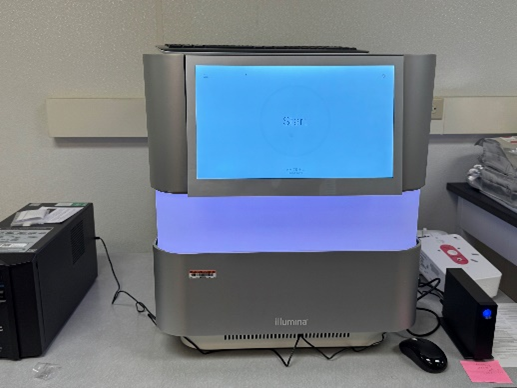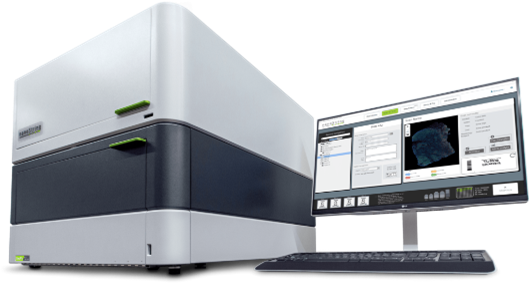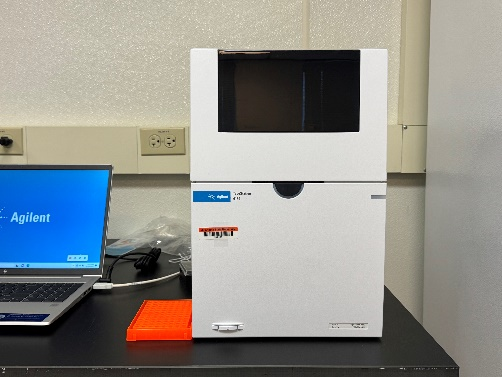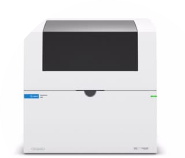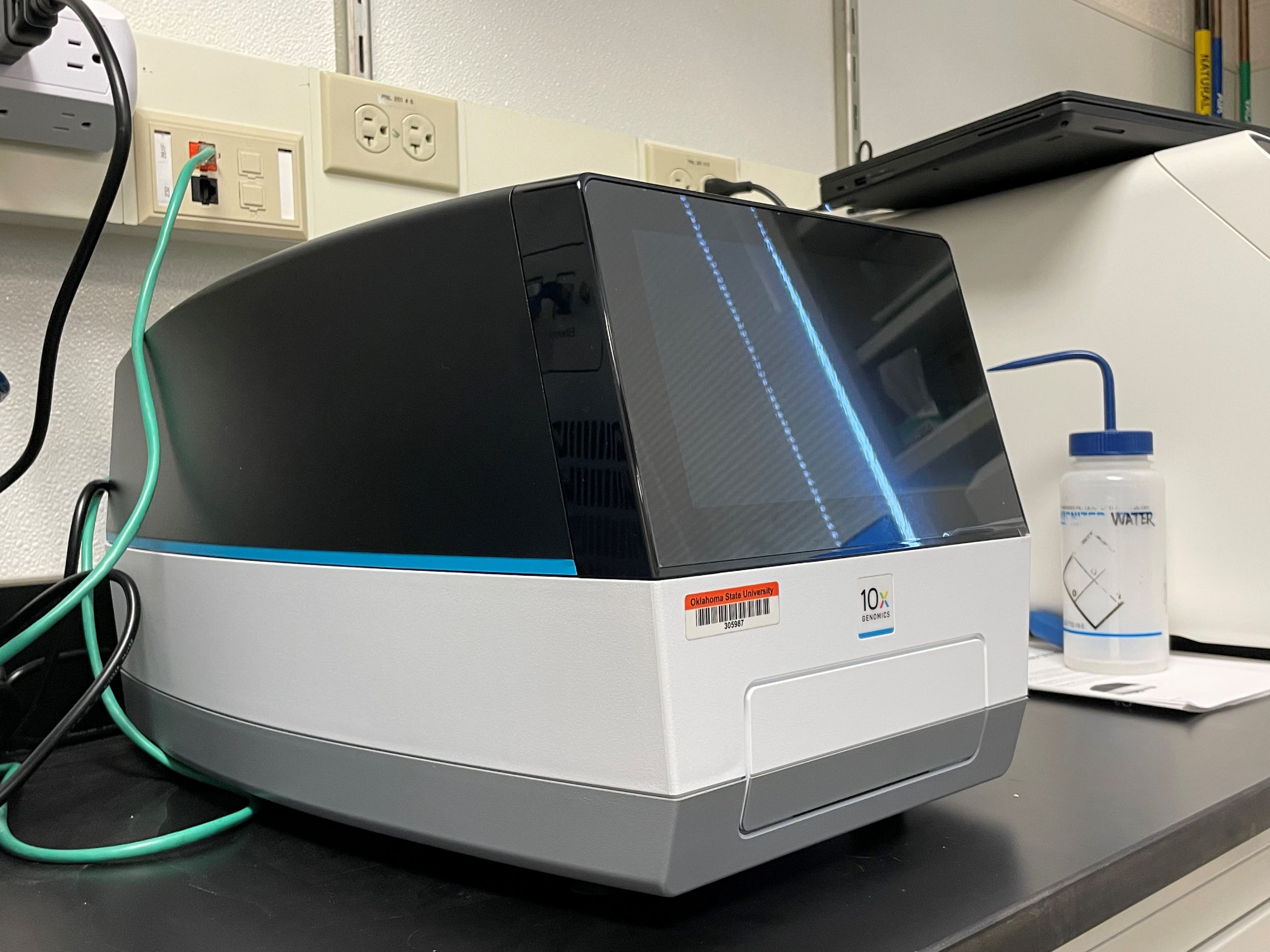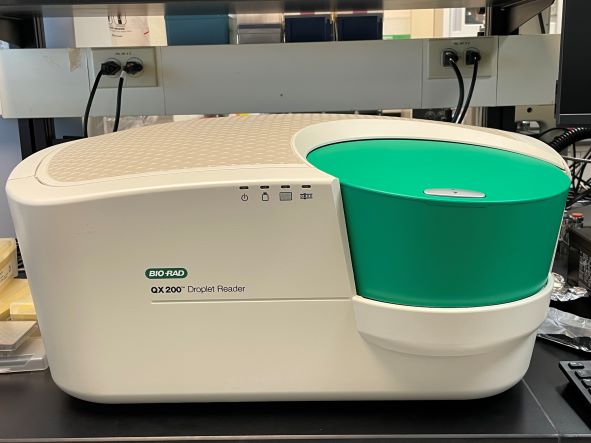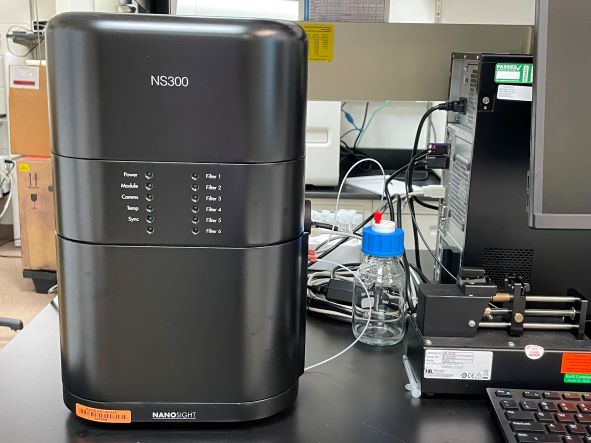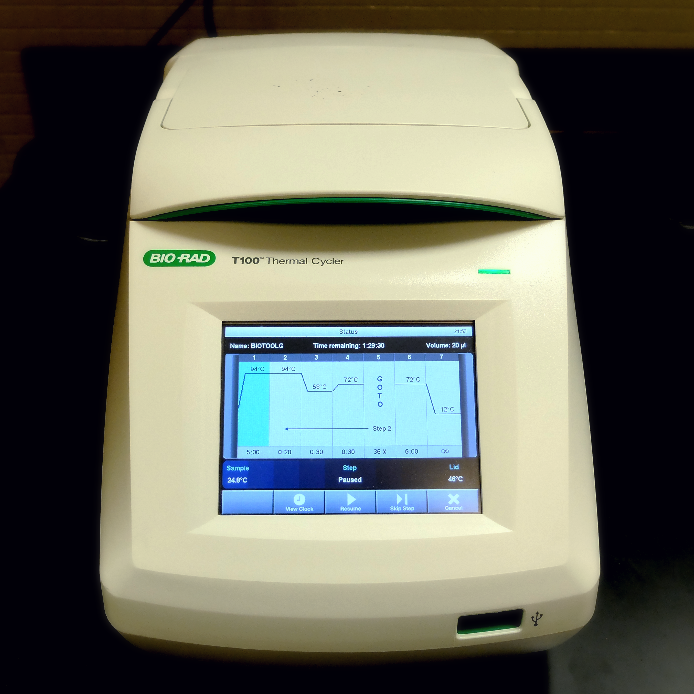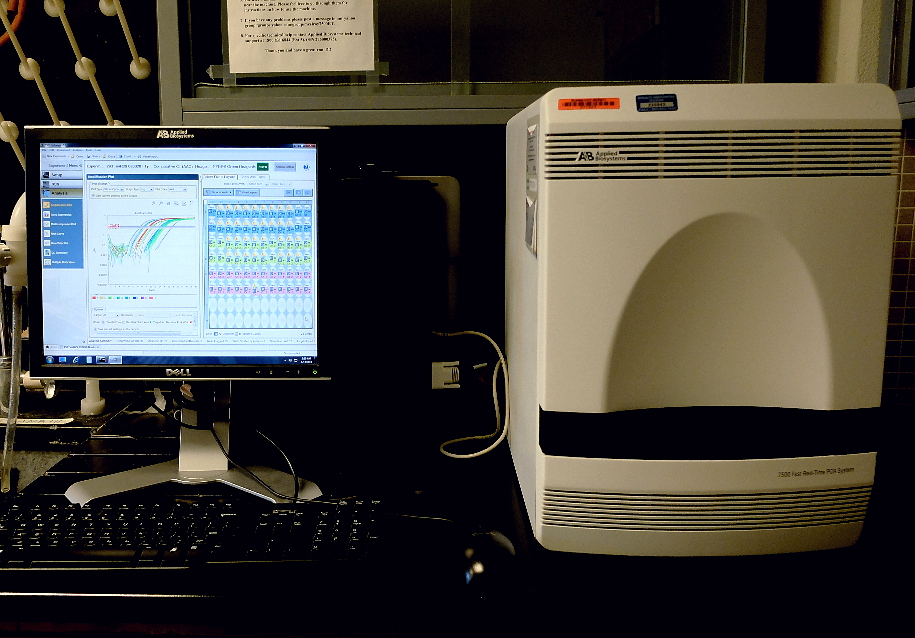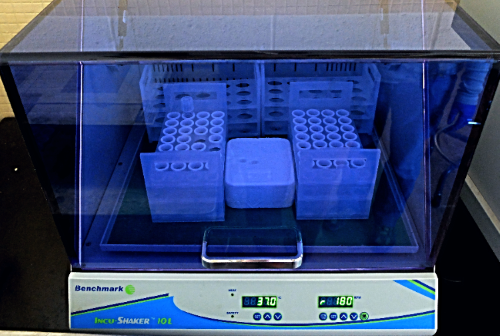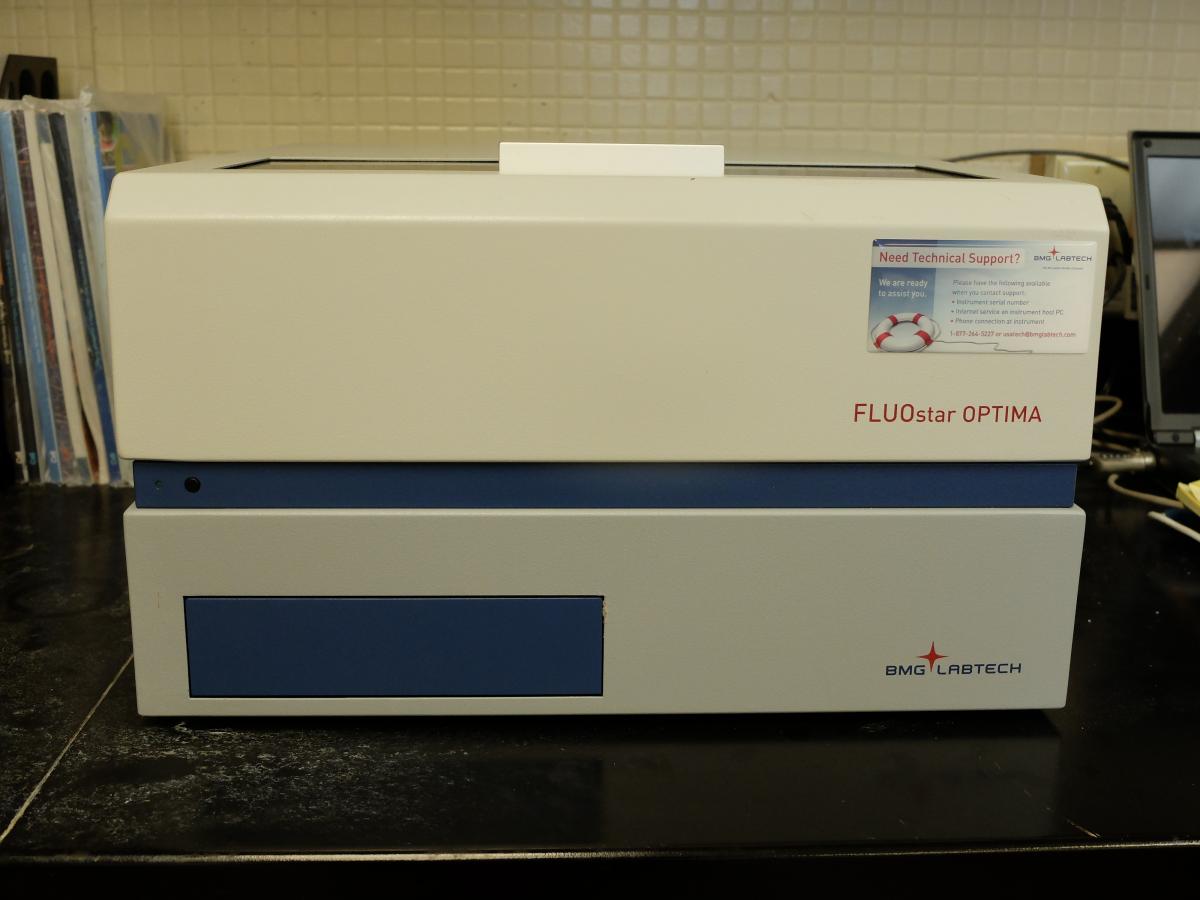Molecular Biology and Genomics Core
About
Molecular biology approaches are utilized to understand the mechanisms underlying respiratory diseases caused by respiratory pathogens. The overall objective of the Molecular Biology Core (MBC) is to provide centralized services and technical expertise in molecular biology for Phase III CoBRE and non-CoBRE investigators. Under the Phase I CoBRE award, the MBC was established to provide services involving molecular biology technologies, including RNAi gene silencing, transgene expression, mutagenesis, gene and pathway reporter assays, real-time PCR, and DNA microarray analyses for gene profiling. State-of-the-art technologies and other services based on the needs of the CoBRE investigators have been continuously developed and added to the Core since its inception. In Phase II, the MBC was expanded to include new techniques, including CRISPR/Cas9 technology and bulk RNA sequencing, and to offer reagents for respiratory and infectious disease research, including cell lines, primary lung cells, and respiratory viruses and bacteria. This Phase III application describes additional cutting-edge technologies and valuable reagents that will be offered to Center investigators, including single-cell RNA sequencing, spatial gene profiling, genome-wide CRISPR screening, human lung tissue models (lung organoids) and clinical samples from respiratory infectious disease patients. The specific aims of the MBC are to provide services and support for 1) functional studies using RNAi and CRISPR/Cas9, transgene overexpression, mutagenesis and deletion, lentiviral, adenoviral and nonviral vectors for gene transfer, and stable knockout and transgenic cell lines, 2) genome-wide gene profiling using bulk RNA sequencing, single-cell RNA sequencing, and spatial gene profiling, 3) genome-wide CRISPR gene activation, knockout and interference screens, 4) molecular assays including reporter assays, real-time PCR and droplet digital PCR, 5) reagents for respiratory and infectious disease research including respiratory viruses and bacteria, and reporter viruses, cell lines, primary lung cells, human lung organoids and clinical samples from respiratory infectious disease patients, and 6) advice, consultation and training on various aspects of molecular biology, developing or adapting new methods as needed and disseminating core resources and technologies.
OCRID Core Facilities Service Request Form
Please use the online form linked below to request a service from our core facility. Thank you!
Molecular Biology and Genomics Core Service Request Form
OCRID Core Facilities User Satisfaction Survey
OCRID core facilities are committed to providing top quality services and technical expertise in respiratory and infectious disease for center investigators as well as non-center investigators. We encourage you to fill out our quick 10 question survey so your answers, comments and suggestions can help us improve our services.
Core Facilities User Satisfaction Survey
- People
Core Director
Lin Liu, Ph.D, CVHS, OSU

Regents Professor of Physiological Sciences
Lundberg-Kienlen Endowed Chair in Biomedical Research
Director, Oklahoma Center for Respiratory and Infectious Diseases
Center for Veterinary Health Sciences
Oklahoma State University-StillwaterContact Information:E-mail: lin.liu@okstate.edu
Phone: (405) 744-4526
Office: 210 McElroy Hall, Stillwater, OK 74078Biosketch: Dr. Liu
Core Personnel
Chaoqun Huang, M.D., M.S., Ph.D.

Associate Director and Associate Research Professor
Office: Rm 209A, McElroy Hall
Email: chaoqh@okstate.edu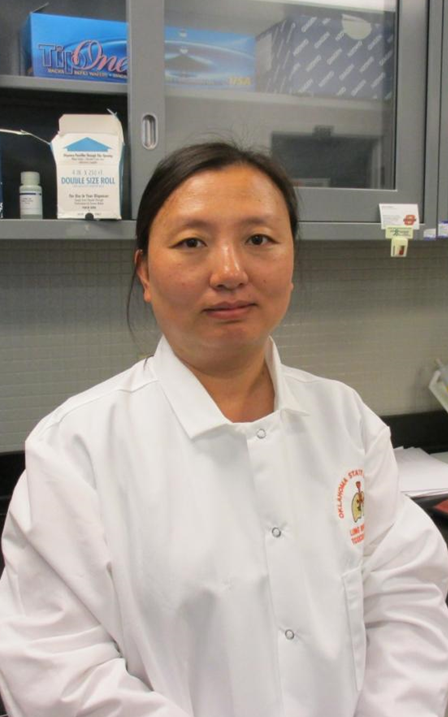 Yurong Liang, Ph.D.
Yurong Liang, Ph.D.
Core Manager
Office: Rm 206 McElroy Hall
E-mail: yurong.liang@okstate.edu
Phone: 405-744-1686 -
Standard Operating Protocol
MBC: Standard Operating Protocol (SOP)
- Initiation of a project by PI
- Consultation meeting
- Experimental design
- Number of samples
- Timelines etc.
- Assigned to MBC personnel
- A report to PI
- A meeting for result interpretation and problem solving.
- MBGC Fee Schedule
Service
Unit Charge
Genomics
Bulk mRNA sequencing library preparation on 16 sample scale
$180/sample
Bulk total RNA sequencing library preparation on 16 sample scale
$240/sample
Bulk miRNA sequencing library preparation on 24 sample scale
$328/sample
Flex single cell RNA sequencing library preparation on 16 sample scale
$1,925/sample
Spatial transcriptome gene profiling (GeoMx) (up to 4 tissue samples)
$5,662/slide
NGS sequencing (P1, 100 cycle, 100M)
$1,440
NGS sequencing (P1, 300 cycle, 100M)
$2,000
NGS sequencing (P2, 100 cycle, 400M)
$2,092
NGS sequencing (P2, 200 cycle, 400M)
$3,053
CRISPR screen, plasmid, pooled gRNA library
$499
CRISPR screen, lentivirus, pooled gRNA library
$1,999
Bioinformatic and data analysis
$90/hour
Molecular Biology
Non-viral or lentiviral shRNA or gRNA vector
$99/vector
Non-viral or lentiviral overexpression vector
$149/vector
Adenoviral shRNA vector
$318/vector
Adenoviral overexpression vector
$368/vector
Gene mutation
$200/vector
Gene deletion
$315/vector
Lentivirus preparation and titer determination, >108 TU/ml
$599/4 ml
Adenovirus preparation and titer determination, >108 PFU/ml
$1,050/4 ml
Adenovirus concentration and purification and titer determination, >1010 PFU/ml
$1,350/1.5 ml
Knockout cells: monoclonal
$3,999/line
Gene overexpression stable cells: polyclonal
$1,999/line
Gene overexpression stable cells: monoclonal
$3,999/line
Tapestation
$15/sample
Real-time PCR
$275/plate
ddPCR
$796/plate
ddPCR
$308/16 wells
miRNA isolation and RT from serum/plasma (10 samples)
$1,200/10 samples
Total RNA isolation/RT
$300/10 samples
Lung organoids
$500/vial
Reagents (Cells/viruses/ bacteria/plasmids etc)
$100/vial
Equipment use without core personnel
$35/hour
Equipment use with core personnel
$70/hour
Equipment set up fee
$18
Technical support
$35/hour
Molecular Biology and Genomics Core
The listed prices are for academic users. Active CoBRE pilot projects will be charged 25% of the fee schedule and non-academic users will be charged 1.496 of the fee schedule. b) Project-specific consumables and reagents will be provided by or additionally charged to the investigators.
- Equipment
This high-performance next-generation sequencing (NGS) platform offers unparalleled flexibility, scalability, and high-quality data across a wide range of applications. With this addition, MBGC can now perform sequencing in-house, generating high-quality data for in-depth genomic and transcriptomic analyses. The new platform significantly reduces turnaround times of bulk and single cell RNA sequencing services, enhancing our efficiency.
GeoMx Digital Spatial Profiler from Bruker (NanoString)
This innovative system allows researchers to see where specific genes are active within tissue samples—essentially creating a detailed map of gene expression in its original context
This compact, automated electrophoresis system provides rapid, reproducible and sensitive quality control of nucleic acids. It ensures accurate assessments of DNA and RNA sample integrity and size distribution, streamlining workflows for applications such as NGS and transcriptomics.
Revvity Cellometer Ascend Fluorescent Cell Counter
The Cellometer™ Ascend™ automated cell counter is a benchtop instrument offering fast analysis and reliable cell counts with small sample volumes.
X10 Genomics Chromium X
Chromium X offers the high-throughput single cell RNA sequencing analysis
QX200 Droplet Digital PCR System
The QX200 Droplet Digital PCR (ddPCR) System provides absolute quantification of target DNA or RNA molecules for EvaGreen or probe-based digital PCR applications.
Nikon Ti2-E Motorized microscope
The ECLIPSE Ti2 inverted microscope delivers an unparalleled 25mm field of view (FOV) that revolutionizes the way you see. With this incredible FOV, the Ti2 maximizes the sensor area of large-format CMOS cameras without making compromises, and significantly improves data throughput.
This versatile instrument offers the major benefit of minimum user set-up, enhanced concentration measurements via advanced algorithms and fluorescence detection capability providing truly holistic analysis.
Common features of Bio-Rad's thermal cyclers include Peltier effect technology for precise temperature control, and thermal gradient to easily optimize PCR assays in a single run.
CFX Real-Time PCR Detection Systems are powerful and flexible instruments, featuring 2–5 color multiplexing, advanced optical technology, and precise temperature control with thermal gradients.
This compact instrument delivers full spectrum UV-Vis analysis and is ideal for rapid nucleic acid and protein quantification.
This instrument's outstanding temperature accuracy and uniformity are supported by proprietary heat distribution technology that ensures that temperatures are precisely maintained throughout the chamber.
The instrument has three lasers (488/514nm, 543nm, 633nm) for maximum flexibility and is capable of scanning resolutions of 100mm to 5mm.
Nucleofector® Technology offers transfection with high efficiency, low cell mortality and no detrimental physiological effect upon cells,the unique pulses deliver substrate not only to the cytoplasm but also directly to the nucleus.
Fluostar Optima Microplate Reader (BMG Biotech)
By integrating a high intensity xenon flash lamp with sophisticated light guide technology the FLUOstar OPTIMA covers the full wavelength range 230 to 900 nm for both excitation and emission. The FLUOstar OPTIMA can read all plate formats from 6- up to 384-well plates in all four measurement modes.

